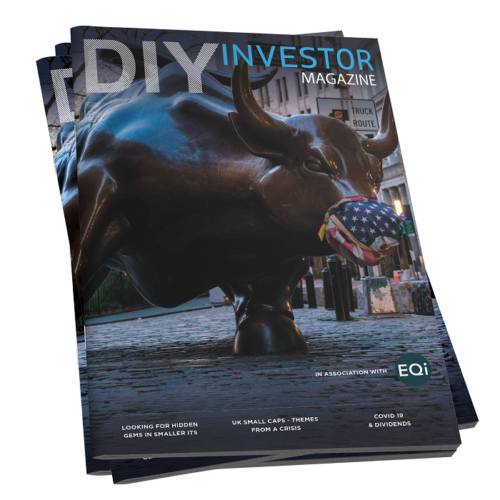Oct
2020
SIPP or ISA: which one is best for retirement?
DIY Investor
2 October 2020

Most people have dreams of how they would like to spend their retirement. For some it is on a beach, for others travelling the world or buying a fixer-upper in the country make the bucket list – by Sam Partington.
Whatever your dream, you will need to choose the right account that will help you make the most of your hard-earned savings.
Choosing a tax efficient savings wrapper such as an Individual Savings Account (ISA) or a pension is a good place to start.
Both accounts offer attractive incentives to save for your retirement. So which one is best for you?
ISA accounts
You can save up to £20,000 each tax year into a stocks & shares ISA. You won’t pay any tax on your interest and dividends earned or the capital gain you make when selling an investment.
ISA accounts are also flexible. Most providers will let you take your money out whenever you like, although investing in the stock market should be planned with a long-term mindset.
If you save up to £4,000 each tax year the government will give you an annual bonus of £1,000
With no withdrawal restriction, however, you could be tempted to dip into your savings before you retire which could damage the value of your overall nest egg.
A Lifetime ISA (LISA), which cannot be accessed until you turn 60 or if you are buying your first house, may be more suitable and it comes with a bonus.
If you save up to £4,000 each tax year the government will give you an annual bonus of £1,000. But if you want to take out your money for a reason that falls outside the LISA rules, you will be charged a 25% penalty.
LISA’s are available to people who are aged between 18 and 39 to help save for their first home or put money aside for their retirement.
SIPPs
Pensions, called SIPPs when they are self-managed, are designed specifically for retirement saving and cannot be accessed until you are at least 55. To encourage you to save for the future every time you top up your SIPP, you benefit from tax relief on your contributions at the highest rate of income tax you pay.
If you pay tax at the basic rate of 20%, for example, you will receive 20% tax relief on the money you pay into your pension.
This means for every £80 you pay into your pension, £100 will go into your pension pot. Higher and additional rate taxpayers get an extra 20% and 25% respectively, which they must claim through the self-assessment system.
for every £80 you pay into your pension, £100 will go into your pension pot
You are entitled to tax relief on 100% of your income up to £40,000 each tax year.
Like a stocks & shares ISA, you can invest your SIPP savings in investments such as shares, funds and bonds.
Unlike an ISA, when you take out money from your pension, you will be charged income tax on withdrawals at your marginal rate. You can withdraw 25% of your pension tax free once you turn 55. You can also choose to pay an annuity with your pension savings which guarantees a fixed income for life.
When it comes to planning for your retirement, the tax relief top up makes saving into a SIPP a strong option.
SIPPs are used to combine multiple pensions to make it easier to keep track of them. You may want to consolidate some older pension plans, but don’t switch a current workplace pension.
Your employer is likely to contribute to this, and if you move you may miss out on these contributions, which can significantly boost overall returns.
You can save twice as much into a pension, as you can in an ISA
You can save twice as much into a pension, as you can in an ISA, and the opportunity to earn more free money is greater.
Because the money in your SIPP comes with tax relief too this means more cash can be invested at an earlier stage, so you could potentially have a much larger pot at retirement. However if you’ve got smaller sums to invest each year, a LISA could have much the same impact if you’re a basic rate taxpayer.
If you can afford to save into both, having an ISA means you will be able to access your savings earlier than age 55 (60 with a LISA) and you can leave your SIPP invested for longer. And having a blend of both can offer the best of both worlds.
EQi is a DIY investing platform designed for individuals. It gives you access to global markets, control over your investments and offers customers award-winning support.
Click to see the latest edition of DIY Investor Magazine


Leave a Reply
You must be logged in to post a comment.